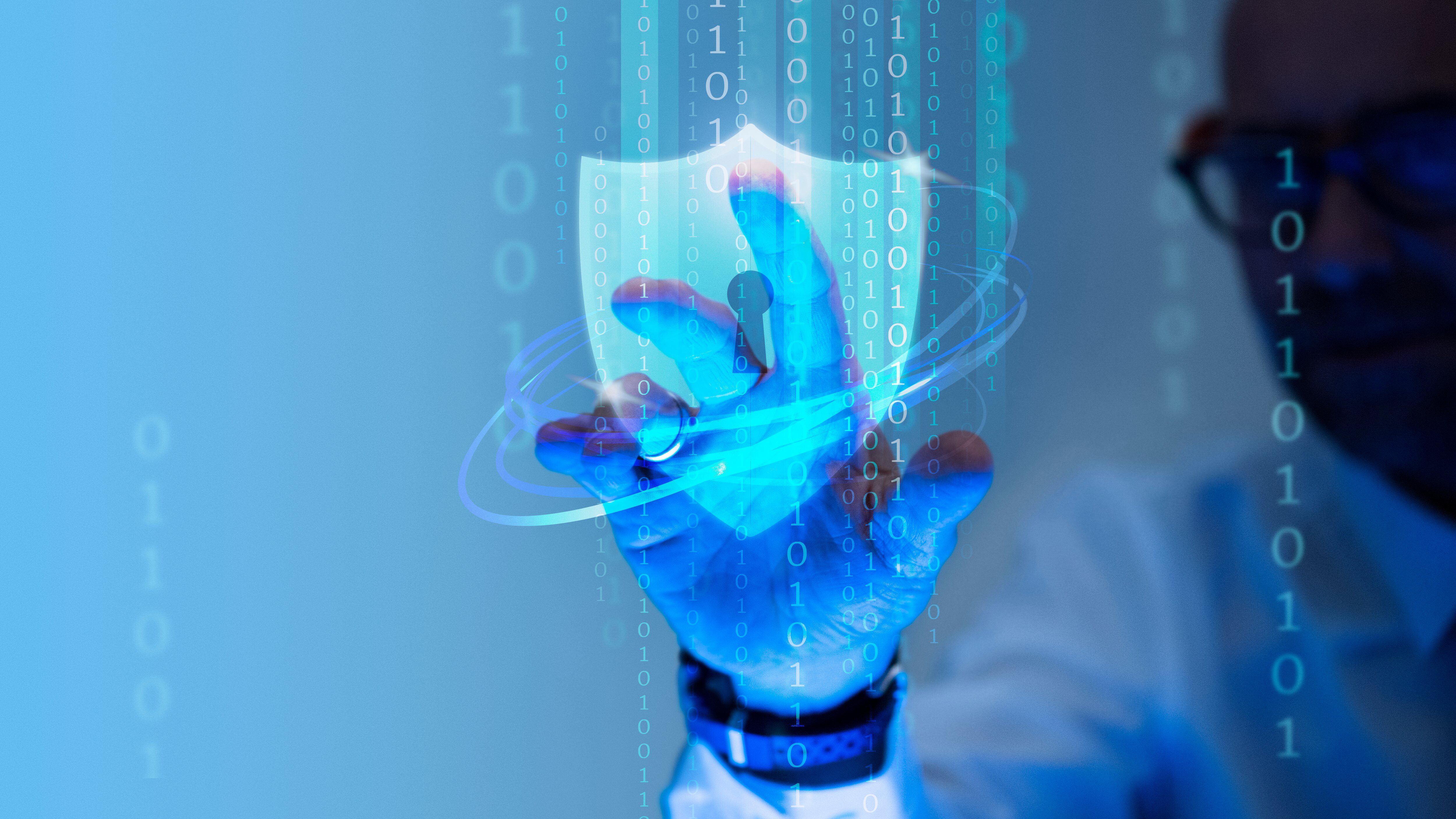Biometric access control: technological features and future potential

An ACS system controls and monitors in real time the transits of subjects through specific pedestrian or vehicular gates. The opening of doors, turnstiles, gates, and bars (access to parking lots) can therefore be allowed or blocked through the application of appropriate authorization criteria. Employees, guests, and suppliers can be uniquely identified through a physically transported credential (example: BADGE, TAG or PLATE) or virtually (example: APP). However, the system cannot really answer the question "is this person really who he claims to be?"
Biometrics is, in fact, the only technology that allows the physical verification of a person's identity or ownership.
But what exactly is it all about?
Biometrics: what it is and how it works
The term biometrics refers to the study of physiological and / or behavioral variables measurements typical of organisms, through the application of mathematical and statistical methods. In this context, we can define a biometric recognition procedure as the automatic identification of a subject or the verification of its identity, based on the reading of the physical characteristics of belonging (for example, imprint of a phalanx or palm of the hand, morphology face or other).
Each biometric process begins with a preliminary registration phase (called enrollment) where the subject using one or more acquisition sensors, provides its salient physical characteristic, subsequently transformed into a binary vector. (The template, a mathematical representation of biometric data) two-dimensional or three-dimensional, a real “physical password” of the user.
The template is essentially composed of a binary sequence of digits from which it is impractical to reconstruct the original physical characteristic (i.e., the face that generated it). At the end of this process, the template is registered in a centralized database of "physical passwords", or alone, for example, on a smart card.
Biometric technologies for access control
The widespread and ever-increasing demand for enhanced security measures is contributing to the spread of biometric technologies. The fingerprint, facial, palm print or iris scan are now leaving the world of cinema and entering our daily life, starting with access control.
However, it must be considered that the correct implementation of a biometric process must be based both on the satisfaction of technical requirements and on the complete fulfillment of legal and social obligations.
There are two fundamental operating modes that characterize a biometric access control system:
- 1: 1 (one-to-one), in which the data, produced by the biometric sensor, are uniquely compared with a single template in order to carry out the process of verifying an identity statement, or answering the question "is the subject really who he claims to be?", through the comparison between the subject's vector and the inscription in a support belonging to the subject (a smart card, for example). The output of the comparison algorithm is normally a score, which corresponds to a positive outcome if it is higher than a certain threshold or negative if it is lower. The comparison threshold should normally be manually adjustable by the security operator.
- 1: N (one-to-many), in which the data is compared with a set of templates previously stored in one or more databases, thus carrying out the identification process. In this case, the identity of the applicant is determined, i.e. the biometric system must answer the question "who is the user?" through a sequence of comparisons with the biometric models present in the reference archive. If the output of this class of algorithms produces a score higher than the set threshold, a match ("matching" or "hit") is reported. This type of biometric identification, contrary to traditional recognition methodologies, can be collaborative (i.e. the subject is required to cooperate to be identified) or non-collaborative (or concealed), the latter especially useful for investigation projects.
Biometric access: physical and virtual
Biometric access control can be used to ascertain the ownership of a subject in two different cases:
-
Access to a protected or reserved area (physical gate)
-
Access to a workstation or to sensitive data (logic port)
A user could access his workplace (physical access) through the real-time control of his own physical characteristic (for example the morphology of the face) with that previously deposited in the enrollment phase (using a smart card and then updating a 1: 1 verification process).
When accessing your computer (logical access), the same morphology of the face could be compared with all those present in the database of authorized operators (1: N process) for consulting company data.
We can therefore observe that biometric systems are characterized by a procedure attributable to a linear comparison operation between a physical characteristic, detected by a subject, and one or more samples of the same, previously registered.
From access control to security, from time and attendance to data protection, the uses and potential of biometric data are innumerable and could solve various problems, even very common ones such as absenteeism or false stamping in the workplace.







